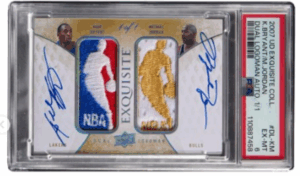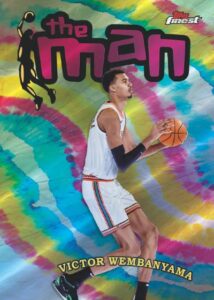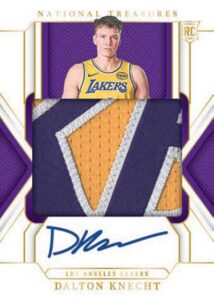For fans of Magic: The Gathering, there’s an unparalleled thrill in sliding a rare card into a deck or adding a coveted piece to an already impressively curated collection. But lurking in the shadows of this legendary card game is a joy-sapping menace: counterfeit cards. Yes, those dastardly fakes are more than just minor annoyances—they’re veritable thieves of pride and investment. But fear not, for in this handy guide, we’ll delve into the subtle art of distinguishing genuine treasures from fraudulent pieces of cardboard. Whether your heart beats faster at the sight of a Black Lotus or you just have a soft spot for foil lands, knowing how to identify a counterfeit card can keep your collection safe and your gaming experience untainted.
First things first, trust your senses. The sensation of a real Magic card in your hand is akin to greeting an old friend—it’s got that characteristic matte texture, immediately familiar and comfortingly nostalgic. In contrast, imposters might feel like they’ve been repurposed from a laminated restaurant menu. When in doubt, always cross-check with a basic land card from the same set. If the card in question feels off, it’s time to investigate further.
Next up, channel your inner inspector with the light check. Shining a flashlight through the card can reveal its true nature. Authentic Magic cards possess a blue core nestled between layers of paper; this gives them a distinctive luminescent quality when light passes through. Too much light or none at all? You might be holding a fake. Counterfeits can often be either too thick, blocking the light entirely, or too thin, washing out all detail in an overly bright display.
If these preliminary checks pique your suspicion, it’s time to break out the loupe. A 30x magnification jeweler’s loupe is affordable and dramatically effective in scrutinizing the art and text boxes of a Magic card. Genuine cards boast a rosette pattern—tiny, round dots that form floral-like motifs. Counterfeits, lacking this delicate precision, often reveal themselves through blurry dots, pixelation, or mismatched grids. The drama doesn’t end there: turn your loupe toward the solid black ink. Genuine Magic cards show distinct, crisp black lines, whereas fakes may sport a muddled composite black made from colored dots, looking fuzzy amidst scrutiny.
And let’s not forget the infamous green dot “L,” a stalwart guardian against fakes. On the card’s reverse side, zero in on the green mana symbol within its yellow-green border. A real Magic card will have a red dot clump forming a small, upside-down “L.” If it’s absent or looks like a hasty attempt at a cover-up, chances are, you’ve uncovered a fraudulent card.
The newer issues of Magic cards come armed with advanced protection measures too. Since 2015, rares and mythics have featured a dastardly clever oval hologram stamp housed at the base of the image frame. A genuine hologram lays flush with the card’s surface and might even contain minuscule details like planeswalker symbols and mana icons visible only under deep scrutiny. Beware, though—fakes might portray this hologram as grainy, protruding, or as if it were yanked off another card entirely and haphazardly affixed.
In your zest to authenticate cards, beware not to heed old wives’ tales that recommend tearing or bending a card as a way to reveal its blue core, a previously touted method. Modern counterfeiters have upped their game, slyly weaving stronger materials into their productions. Such methods might instead spell demise for a legitimately rare card without offering enlightenment about its authenticity. Stick to the non-destructive pathways.
So, fellow collector, remember: detecting a counterfeit card isn’t about relying on a single test. Instead, stack the evidence. From the tactile sensation to the flashlight’s wispy illumination, through the meticulous scrutiny of a jeweler’s loupe, paint your picture of authenticity with diligence and precision. With consistent practice and a bit of savvy, your detective skills will sharpen, allowing you to separate truth from trickery in card form.
By cultivating these keen observational skills and arming yourself with knowledge, you not only protect your cherished collection but also contribute to keeping the spirit of Magic: The Gathering unblemished. It’s this very attention to detail and commitment to authenticity that makes a collector truly exceptional—and ensures that the legacy of this iconic card game continues to flourish, enriching players and fans across the world.





